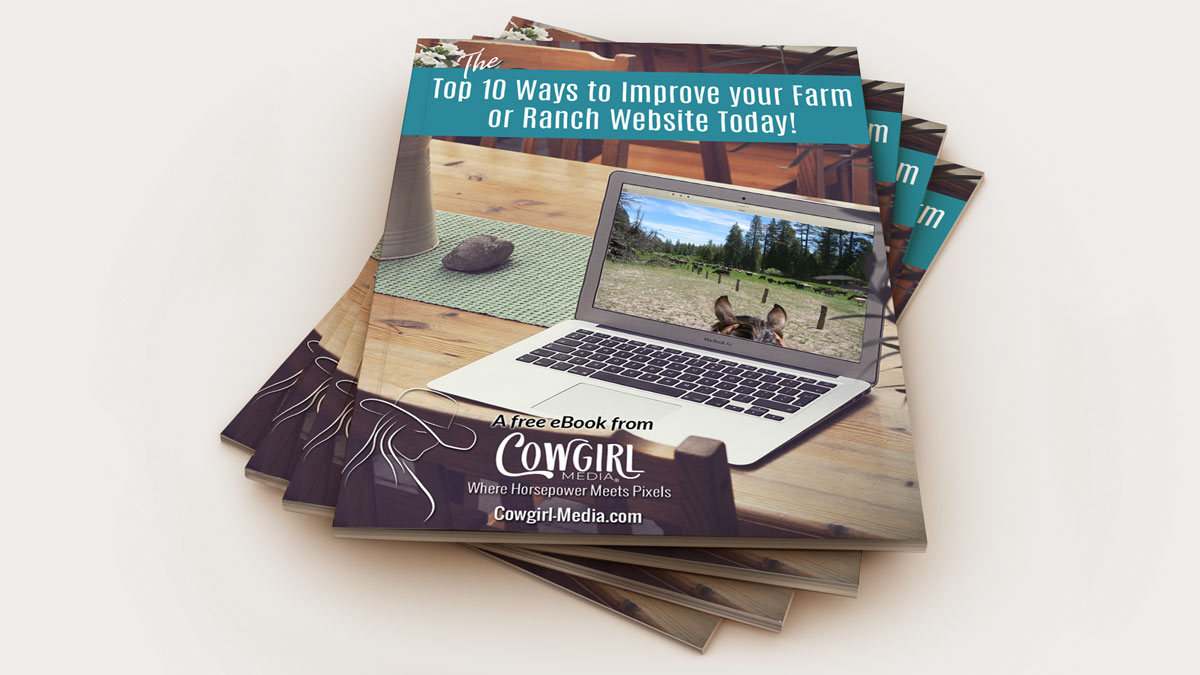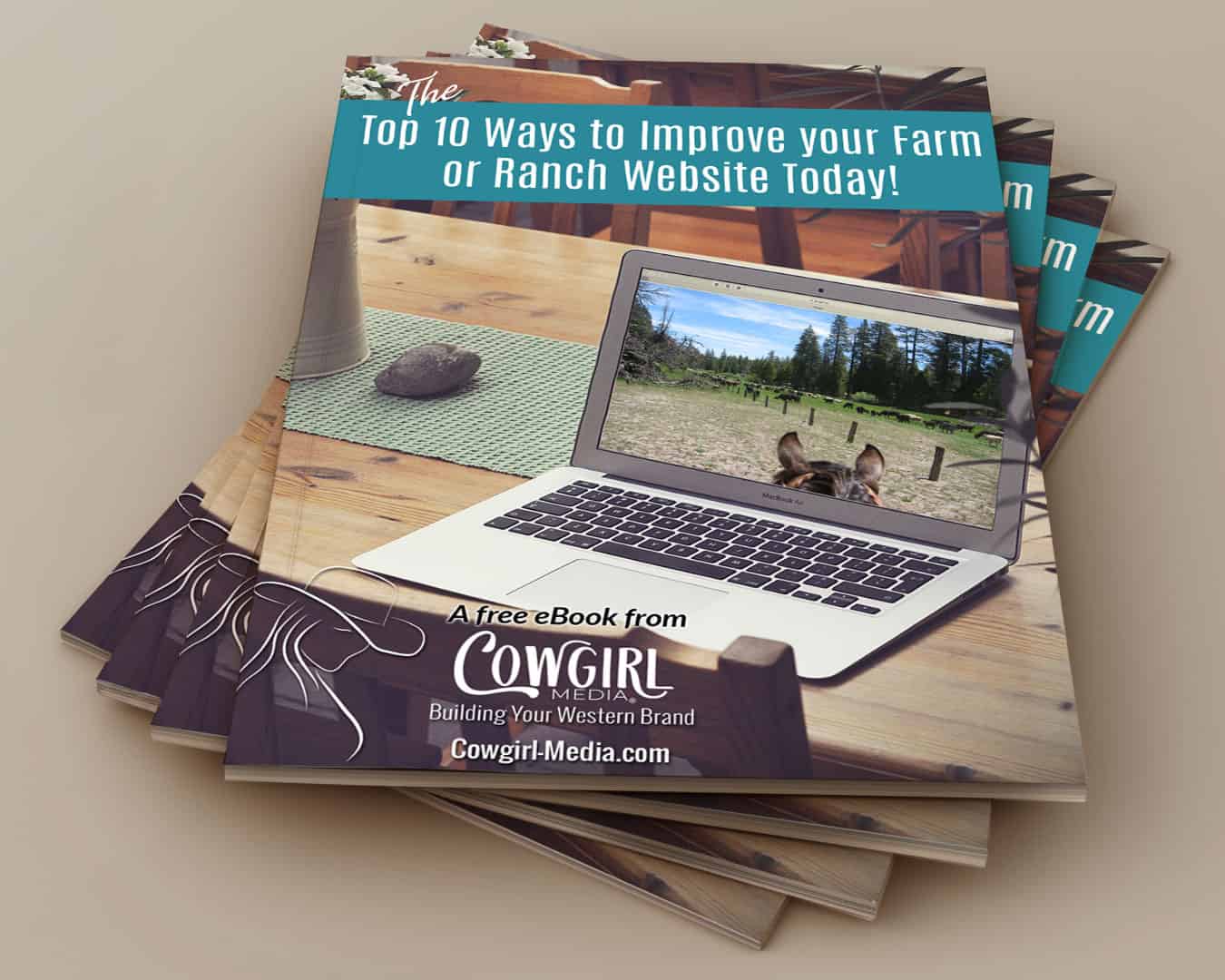 If you’ve been a website owner for any length of time at all, you’ve undoubtedly heard the term “bounce rate” come up a time or two. Bounce rate is a good metric to use to help you hone in on layout, design & features of your site that will encourage people to click through to another page and ultimately follow your call to action.
If you’ve been a website owner for any length of time at all, you’ve undoubtedly heard the term “bounce rate” come up a time or two. Bounce rate is a good metric to use to help you hone in on layout, design & features of your site that will encourage people to click through to another page and ultimately follow your call to action.
What exactly IS bounce rate?
In a nutshell, bounce rate is the percentage of people that leave your site without clicking through to another page, regardless of what page they came in on. The higher the percentage, the more people that are “bouncing” away from your site without following your call to action, or moving on to another page.
Why is bounce rate so important?
Bounce rate is important for a couple of reasons. Firstly without that metric you have no idea what people are doing when they first land on your website. Are they taking one look at your home page, yawning and clicking away? Are they even coming to your site via your home page or a child page? Do you have enough information to pique their interest so they’ll follow the “flow” of your page and click through to the next item?
 Or do you have too much information, so they are overwhelmed upon landing on your page, let out a shriek and head to greener pastures? Is your content relevant to your visitor? If your bounce rate is high, it can generally indicate that your content is not relevant to those that are finding you, which would mean you need to spend some time concentrating on selecting the right keywords and further optimizing your site.
Or do you have too much information, so they are overwhelmed upon landing on your page, let out a shriek and head to greener pastures? Is your content relevant to your visitor? If your bounce rate is high, it can generally indicate that your content is not relevant to those that are finding you, which would mean you need to spend some time concentrating on selecting the right keywords and further optimizing your site.
Secondly, Google does take your bounce rate into consideration, among other factors, in determining how to rank your site. For this reason, it’s very important to spend some time making sure your bounce rate is where it should be.
How do I know what my bounce rate should be? Can it be too low?
Bounce rates can vary by industry and the type of website you have. If the main goal of your website is to monetize it and you have affiliate links or Google Adsense ads everywhere, obviously you want people to click on one of those links and leave your site. Therefore your bounce rate will naturally be higher. If you have a retail e-commerce site, clearly your goal it to get the visitor to buy from you, so your bounce rate should be lower, probably below 40% or so.
I did run across an interesting problem with my own bounce rate where it all of the sudden dropped into single digits! I had decided to put forth a larger effort into more consistent and helpful articles on my blog and of course I attributed the drop to that effort. Unfortunately what I discovered was that I had mistakenly placed the Google Analytics code into the <head> of my website code AND I also had a Google Analytics plugin installed. Google only needs this code to be entered once, so this was giving me false numbers. If this is something you’re experiencing, be sure to check for this.
How can I improve my bounce rate?
- Experiment with different content and layouts of your main landing page. While you may think it flows and makes perfect sense to you, if people are leaving without clicking further, there is something that is not compelling them to do so. Maybe your opt-in form is “below the fold”. Maybe the content on your page isn’t relevant to your keywords and when people land on your page, they didn’t find the information they thought would be there, so they leave. Keep your design clean and uncluttered so your visitor can easily determine what you expect them to do next, and keep the length of your posts and pages reasonable. No one wants to wade through a novel to find the information they’re looking for.
- Make your call to action visible. If there is a specific place you want to direct people to (and there should be), make that stand out with some contrasting color or design element. Make it pop, make it interesting, most of all make it easy to find.
- Make sure you have internal links in ALL your content, providing access to other areas of your site within your text. Simple menu links aren’t enough to really grab a reader, in many cases. If you’re using WordPress for your site, take advantage of the many plugins available to show related posts to your reader at the bottom of every page or post.
- Open external links in a new tab or window. This way if you’re linking outside of your website, the reader hasn’t actually left your site and you stand a much better chance of them returning and clicking through to another page.
- Make your navigation as user-friendly as possible. Again, this goes along with giving people access to the information they want quickly and easily. Don’t bore them with a lengthy flash intro page. Your menu items should be properly titled so they make sense and people will have an idea of what they will see when they get there. If people will be scrolling on the page, it is also important to add navigation to your footer area, so they don’t have to scroll back to the top to get to the next page. If your site is large, you may also want to include a search feature.
- Make sure your site is well optimized for faster page loading. Nothing is worse than waiting and waiting for a site to load because it’s not well optimized. Chances are people will leave and go to the next site, which will undoubtedly load much faster. Reduce image size for faster loading, and keep third-party services and widgets to a minimum.
- Don’t bombard your visitor with too many options. If you’ve ever worked with a marketing professional, you’ve heard the phrase “the confused mind never buys”. If your web page is overloaded with too many choices, many people will just get overwhelmed and leave. Determine – with specificity – what your most important goal is and stick to it! The other stuff will come later, as people “funnel” into your programs and products.
- Choose your ad placement carefully. If someone lands on your page and is bombarded with annoying ads EVERYWHERE, the overwhelm may be too much for some readers. Don’t make it hard for people to find the information they’re looking for. Wading through ads to find what you want is tedious and people won’t take the time to do it.
- Have a responsive or mobile layout. Depending on the type of business you’re in, a good majority of your traffic could come from mobile devices. What if your site doesn’t render well on these devices? How much business are you potentially losing? Responsive websites will scale down and reorganize content based on the screen size of the device being used, while mobile sites are separate sites built specifically for mobile devices. One option may be better for you than the other, depending on your business type and your content, but both area equally important and necessary in today’s technology-driven world, so don’t leave out this important aspect of your website.
Do you have other suggestions for improving bounce rate that have worked for you? I’d love to hear about them in the comments below, so please share!
Save





